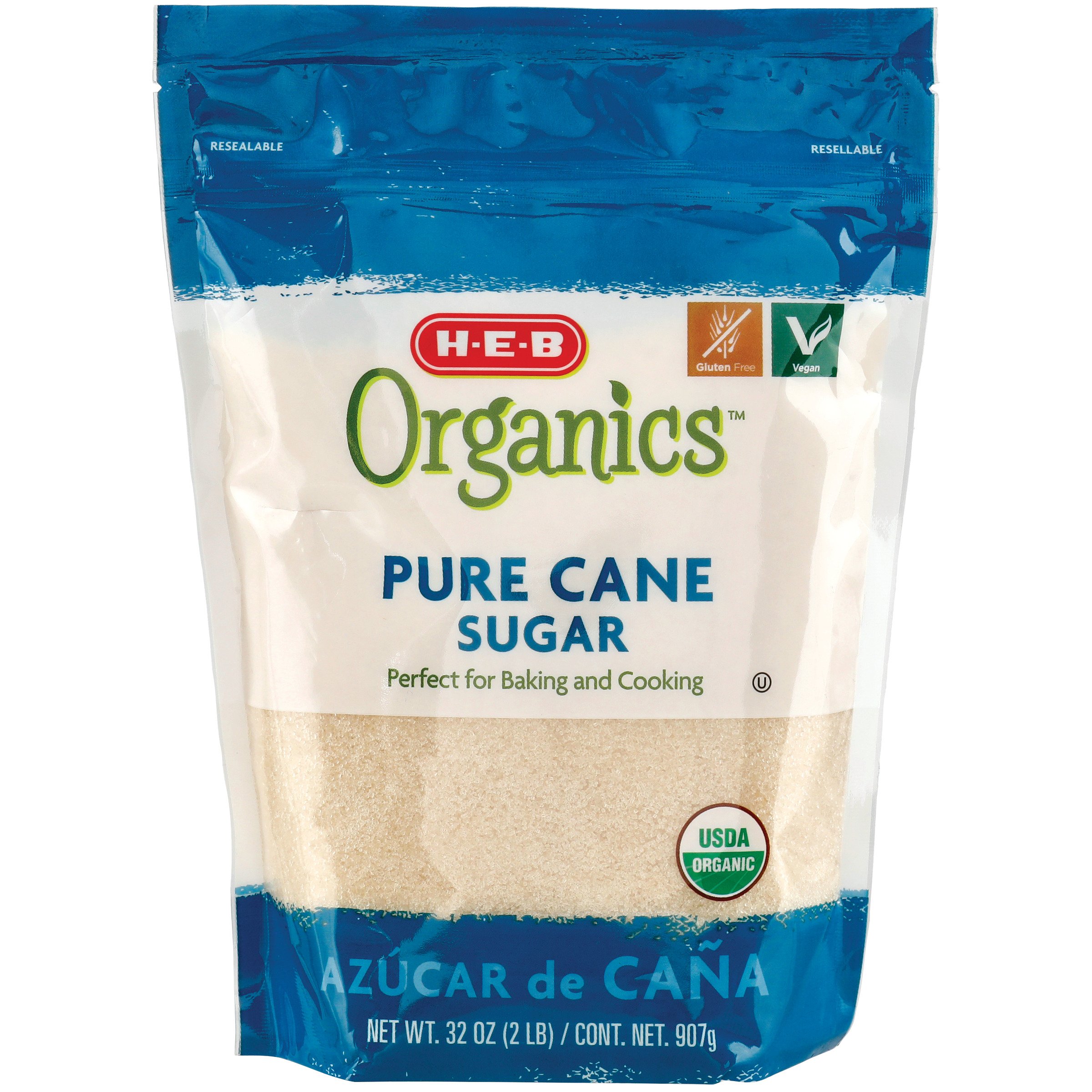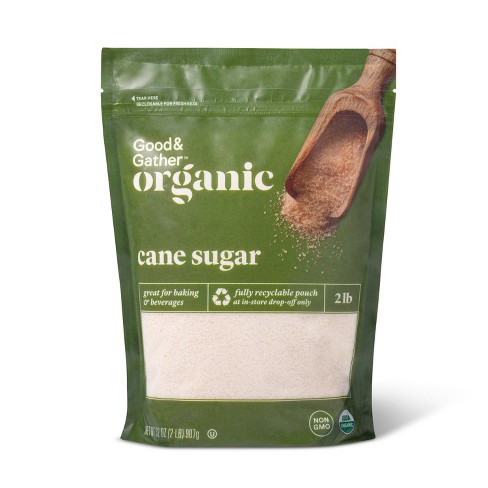Comprehending the Essential Strategies and Technologies Employed in Modern Cane Sugar Processing
The advancement of walking stick sugar handling has actually been considerably shaped by the assimilation of innovative methods and modern technologies that attend to both performance and sustainability. As we discover these important improvements, it comes to be vital to take a look at exactly how they not just enhance production however likewise line up with broader market trends and customer needs, elevating questions regarding the future of sugar handling and its effects for international markets.
Historical Context of Walking Stick Sugar Processing
The historical context of walking stick sugar handling reveals an abundant tapestry of farming advancement and cultural exchange that has formed its growth over centuries. Stemming in Southeast Asia, sugarcane was grown as early as 8000 BCE - Cane Sugar Processing. The process of removing and fine-tuning sugar obtained momentum in India, where techniques for condensation were improved around the 6th century. This expertise traversed to the Middle East, and by the 12th century, sugar became a valued commodity in Europe, causing the facility of sugar haciendas in the Mediterranean.

Advanced Extraction Methods
Performance in walking stick sugar removal has seen substantial advancements, driven by the requirement for greater yields and lower manufacturing prices. This method not just enhances sugar yield yet likewise lowers the power required for processing.
Additionally, the adoption of membrane filtration technologies, such as nanofiltration and turn around osmosis, has actually revolutionized the splitting up of sugar from pollutants. These methods allow for the careful permeation of sugar molecules while keeping bigger contaminants, improving the removal procedure and lessening waste.
In addition, the integration of continual removal systems has caused boosted operational effectiveness. Cane Sugar Processing. These systems maintain a consistent flow of walking stick material, ensuring optimal extraction conditions and lowering downtime associated with set handling
Cutting-edge Refining Technologies
Refining techniques in walking cane sugar processing have undertaken a transformative change, driven by the demand for greater pureness and boosted product top quality. Among the most notable technologies is the adoption of membrane layer purification technologies, such as ultrafiltration and nanofiltration. These processes effectively eliminate pollutants and colorants without the need for comprehensive chemical therapies, therefore maintaining the sugar's natural taste and enhancing its charm.
An additional significant development is the usage of ion exchange resins, which permit selective elimination of undesirable ions from sugar services. This innovation not only boosts the general pureness of the end product yet additionally contributes to decreased waste and ecological impact.
In addition, advancements in adsorption techniques, making use of activated carbon and various other sophisticated products, have actually proven reliable in decolorizing sugar remedies while maintaining ideal high quality. The combination of these ingenious refining modern technologies ensures that makers can produce polished sugar with premium quality and taste, satisfying the progressing preferences of consumers.
Automation and Control Equipment
Current improvements in refining technologies have actually paved the means for substantial enhancements in automation and control systems within walking stick sugar processing centers. These systems use innovative software and hardware to enhance functional performance, decrease human error, and make sure consistent item high quality.
Modern automation incorporates numerous components, including sensors, actuators, and programmable reasoning controllers (PLCs), enabling real-time tracking and control of essential processes. As an example, temperature, pressure, and circulation prices can be specifically controlled during extraction, clarification, and formation phases, maximizing performance and decreasing waste.
In addition, advanced data analytics and artificial intelligence algorithms play an essential duty in anticipating upkeep, permitting operators to prepare for equipment failures prior to they happen. This aggressive method not just lowers downtime but additionally extends the life expectancy of machinery.
Furthermore, automation promotes the implementation of Sector 4.0 concepts, empowering sugar mills to achieve better connection and information exchange throughout procedures. Consequently, decision-making comes to be even more agile and Recommended Reading educated, inevitably boosting the overall competitiveness of walking cane sugar manufacturing. With these advancements, the market is well-positioned to meet expanding international demands while keeping operational excellence.
Sustainability Practices in Sugar Production
Sustainability methods in sugar manufacturing have become progressively crucial as the market seeks to balance economic feasibility with environmental responsibility. As customer understanding expands relating to the environmental influences of agricultural methods, sugar manufacturers are embracing ingenious techniques to lower their ecological impact.
One considerable technique is the application of precision agriculture methods, which utilize data analytics to optimize resource usage, such as water and plant foods. This minimizes waste and reduces the influence on neighborhood environments. Additionally, several producers are transitioning to eco-friendly power sources, such as biomass from sugarcane byproducts, to power their procedures, thereby decreasing dependence on nonrenewable fuel sources.
Water monitoring techniques are additionally critical; rain harvesting and efficient irrigation systems help alleviate water shortage problems. Cane Sugar Processing. Furthermore, incorporated parasite administration strategies lower chemical usage, promoting biodiversity and dirt health and wellness
Business social obligation campaigns are emerging, with business purchasing neighborhood areas and making sure reasonable labor techniques. By welcoming these sustainability methods, the sugar market not only boosts its reputation but additionally adds to an extra sustainable farming landscape, leading the way for future generations.

Conclusion
In summary, contemporary cane sugar processing includes a range of advanced techniques and technologies that considerably enhance return, sustainability, and performance. The adoption of innovative extraction and refining methods, along with automation and control systems, facilitates enhanced operational about his performance and item quality. Moreover, the focus on lasting methods highlights a dedication to decreasing ecological impact and advertising honest manufacturing. Collectively, these innovations position the directory cane sugar sector to fulfill contemporary demands while dealing with essential international obstacles.
The development of cane sugar handling has actually been considerably formed by the integration of innovative techniques and modern technologies that address both efficiency and sustainability.The historical context of walking stick sugar processing reveals a rich tapestry of agricultural technology and social exchange that has actually formed its advancement over centuries. Advancements in milling and refining arised, laying the foundation for modern-day walking stick sugar processing.Refining methods in cane sugar processing have actually gone through a transformative shift, driven by the need for greater pureness and improved product high quality.In recap, modern-day walking cane sugar handling includes a range of advanced techniques and modern technologies that significantly boost yield, sustainability, and effectiveness.